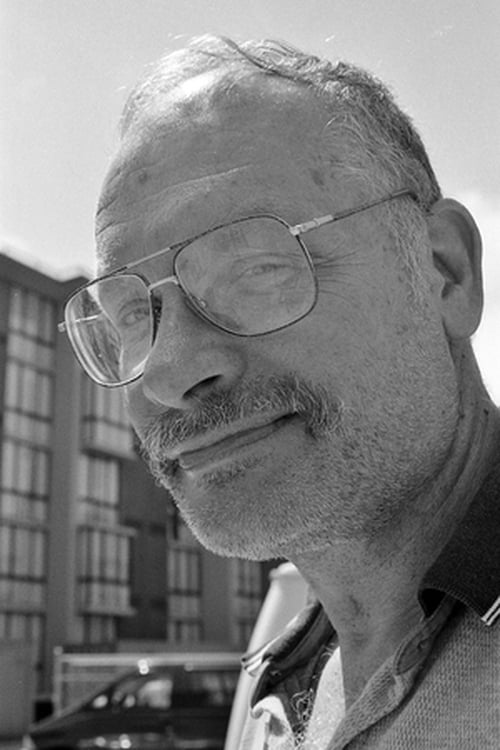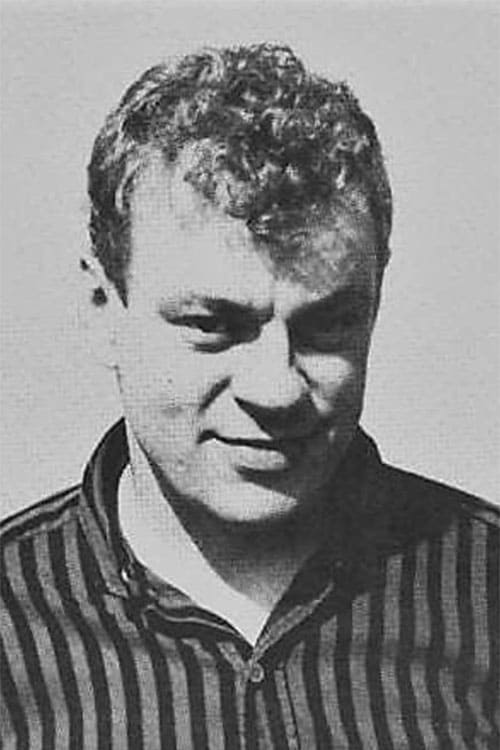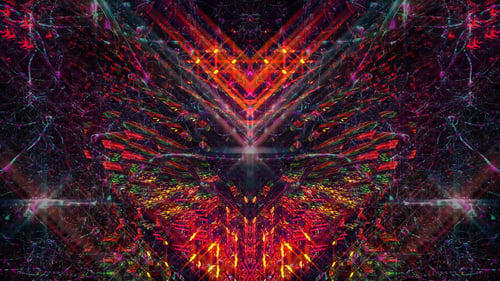Video Album 5: The Thursday People (1987)
장르 : 다큐멘터리
상영시간 : 59분
연출 : George Kuchar
시놉시스
The comings and goings of the late underground filmmaker, Curt McDowell—and the people and activities that came and went along with him—are the themes that run through this existential diary of daily life. McDowell was dying from AIDS-related illnesses during the production of the diary. “An elegy for McDowell, the videowork captures Kuchar’s mournful remembrances of his long-lasting friendship with the young filmmaker. But it also has the inquisitive charm, perverse humor, and quirky candor that places Kuchar’s visual expressions in a gritty niche all their own.”

One of the very few films made by Etienne O'Leary, all of which emerged from the French underground circa 1968 and can be very loosely designated 'diary films.' Like the contemporaneous films by O'Leary's more famous friend Pierre Clementi, they trippily document the drug-drenched hedonism of that era's dandies. O'Leary worked with an intoxicating style that foregrounded rapid and even subliminal cutting, dense layering of superimposed images and a spontaneous notebook type shooting style. Yet even if much of O'Leary's material was initially 'diaristic,' depicting the friends, lovers, and places that he encountered in his private life, the metamorphoses it underwent during editing transformed it into a series of ambiguously fictionalized, sometimes darkly sexual fantasias. - Experimental Film Club

A woman walks, loves, eats and washes herself, dances. It all takes place in a bedroom. At times flashbacks, or visualizations of previous or following scenes. Unless her life in the bedroom becomes an obsession, she lives through the other scenes.

Homeo is a mental construction made from visual reality, just as music is made from auditive reality. I put in this film no personal intentions. All my intentions are personal. I’ve made this film thinking of what the audience would have liked to see, not something specific that I wanted to say: what the film depicts is above all reality, not fiction. Homeo is, for me, the search for an autonomous cinematographic language, which doesn't owe anything to traditional narrative, or maybe everything. Cinema is, above all, part of a way of life which will become more and more self-assured in the years and century to come. We are part of this change, and that’s why I tried in Homeo to establish a series of perpetual changes, in constant evolution or regress, which tries, above all, to focus on things.

노년의 요나스 메카스는 홈 비디오같은 사적 자료들을 통해 자신의 삶을 다시 돌아본다. 내밀하고 친밀한 분위기의 영상들은 때로 예상 외의 혼란과 낯선 기운을 포착하기도 한다. 스탠 브래키지, 알렌 긴스버그, 홀리스 프램튼, 백남준 등 동료 예술가들의 모습을 보는 것도 작은 재미를 준다.

A young girl turns into an A-List celebrity over night when her private journal is accidently published and becomes a best-seller.

1편 베스파. 항상 스크린 뒤에 숨어있던 감독이 스크린에 등장하여 하얀 헬멧을 쓰고 베스파 스쿠터에 올라타서 로마 시내를 신나게 질주하며 자신이 구상하고 있는 뮤지컬 영화에 대한 생각, 제니퍼 빌즈는 만나 애정을 고백하기도 한다. 그리고 그 여름 로마의 영화관을 장악하고 있는 을 보며 기겁을 하고 이 영화에 대한 호평을 한 신문기사들을 꼼꼼히 살펴보는 와중에 빠졸리니의 죽음을 다시 한 번 상기한다.2편 섬. 옛 친구를 만나기 위해 시실리의 섬을 여행하던 그는 친구를 만난다. 그곳에서 새로운 영화에 대한 구상을 하지만 그곳은 너무 혼잡하다. 그래서 안정과 고요함을 찾아 제라르도와 살리나 섬으로 떠나지만 문명을 거부하던 순수한 철학자 친구, 제라르도는 텔레비전 중독증에 빠져버린다. 그리고 아리쿠디 섬으로 행선지를 옮기지만 그곳에는 텔레비전이 없다는 이야기를 들은 제라르도는 기겁을 하며 떠난다.3편 의사. 어느날 가려움증으로 고생하던 모레띠는 피부과를 찾아가 진료를 받지만 질병은 결코 치유되지 않는다. 그로부터 병원을 바꿔가며 의사들에게 진료를 받고 그들이 내려준 각기 다른 처방들에 의해 약을 복용하고 끝내는 그의 증상은 조금도 나아지지 않는데.
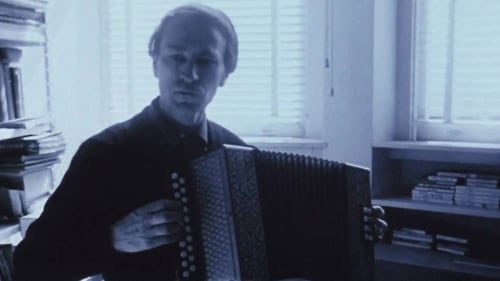
“1950년부터 영상 일기를 찍었어요. 언제나 볼렉스 카메라를 들고 다니며, 내가 만나게 되는 상황이나 친구, 뉴욕의 모습, 계절의 변화 등 즉각적인 현실에 반응하고자 했죠. 어떤 날에는 열 프레임, 어떤 날에는 10초, 또 어떤 날에는 10분 정도 촬영을 했습니다. 물론, 아무것도 찍지 않은 날도 있었어요. 일기를 쓸 때는 ‘회상’이라는 절차가 수반되는데, 보통 책상에 앉아서 그날 하루를 되돌아보며 일기를 써 내려가기 때문이죠. 한편 영상(카메라) 일기의 경우, 어떤 순간에 대한 즉각적인 반응을 포착할 수 있습니다. 특정 대상을 카메라에 제대로 담던 담지 못하는 것과 관계없이, 순간의 반응 자체를 카메라가 기록합니다. 어떤 상황에 다시 돌아가 촬영을 재개한다면, 그것은 재연된 영상이 되어버리죠. 이는 사건이나 감정이 수반될 수밖에 없습니다. 일어나는 일을 있는 그대로 포착하려면, 내가 사용하고 있는 도구(여기에서의 도구는 볼렉스 카메라를 말한다)에 대한 온전한 이해가 필수적입니다. 내가 반응을 보이는 현실뿐만 아니라 내가 반응함과 동시에 내 감정의 상태(와 모든 기억)까지 포착할 수 있어야 하기 때문이죠. 다시 말해, 카메라를 들고 촬영이 이루어지는 바로 그 장소에서 영상의 구조화(편집) 작업까지 끝낼 수 있어야 합니다. 월든에서 여러분이 만나는 모든 영상은 카메라에 담겨있는 영상과 동일합니다. 1964년부터 1968년까지 촬영한 영상을 순차적으로 연결한 것입니다. 사운드트랙의 경우, 목소리, 지하철 소리, 길거리 소음 등 촬영 당시 수집한 사운드에 쇼팽의 음악-난 로맨틱한 사람입니다-과 때때로 의미 있고 또 때때로 의미 없는 사운드를 섞어 제작하였습니다.”
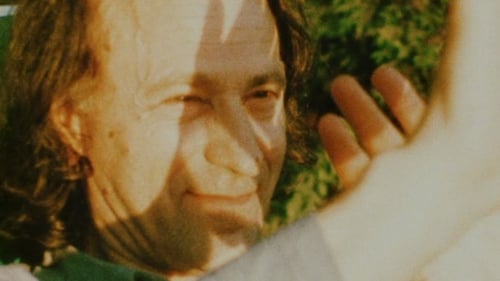
A film collage tracing the story of the lives, loves, and deaths within the artistic community surrounding Jonas Mekas.
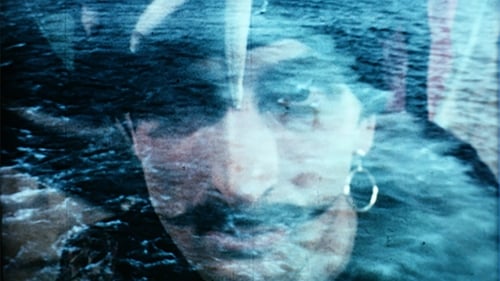
화려하고 개성 강한 복장의 청년들이 해먹에 누워 저마다 평화로운 시간을 보낸다.

A Different point from the eyss of Yuval Shamshins's life, in the modern days of the Covid-19. The movie is built upon the small moments of life, full of Metaphors and Images in order to built a cinemathic perspective.
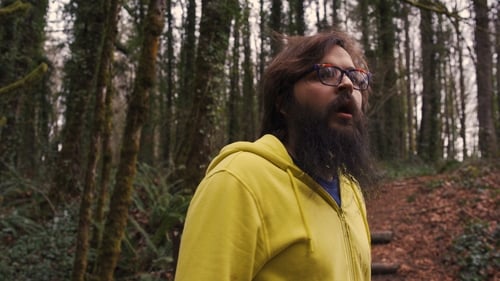
A man suffers from the effects of a mysterious psychedelic in a seemingly endless forest.

Vivi finds herself in a mysterious world and must face an ominous Queen to unlock the secrets of this mystical world, as well as her own existence. Under the Rainbow is a psychedelic dark fantasy/horror adventure.

2차대전이 끝난 후 아우슈비츠 생존자이자 난민 신분으로 서독에 머물렀던 요나스 메카스는 1949년, 뉴욕으로 거주지를 옮긴다. 에서 요나스 메카스는 ‘일기 영화’의 형식을 통해 이주의 경험과 기억을 집중적으로 다룬다.

A creative director of an Advertising Agency, going through an experience that he has never encountered before, where time has stopped.
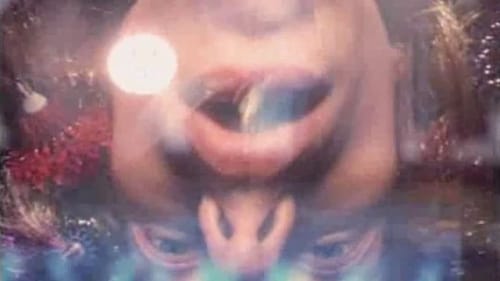
Over the course of more than fifteen years, Clémenti films a series of intimate diaries, starting from daily encounters. In La deuxième femme, we see Bulle Ogier and Viva, Nico and Tina Aumont, Philippe Garrel and Udo Kier, a performance by Béjart, a piece by Marc’O, concerts by Bob Marley and Patti Smith (not always recognisable)... It’s like a maelstrom of psychedelic images that are passed through a particle accelerator.

"Chronicles of the Present Times" - An experimental trilogy comprising 'Visa De Censure No.X', 'Livre De Famille' and 'Anima Mundi'. New Old flows together footage from more than a decade of his wandering between scenes, sets, and drugs, an accelerated world tour through various iterations of the counterculture.
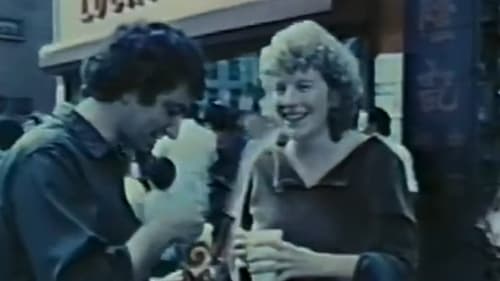
Filmmaker Jonas Mekas films 160 underground film people over four decades.

Footage from summer of 2018 that explores the passing of time regarding the little things in life.

A short documentary by Jim McBride.

